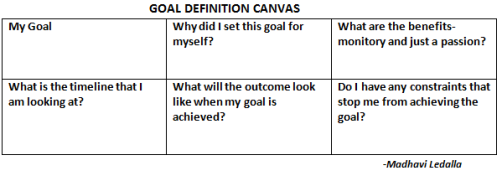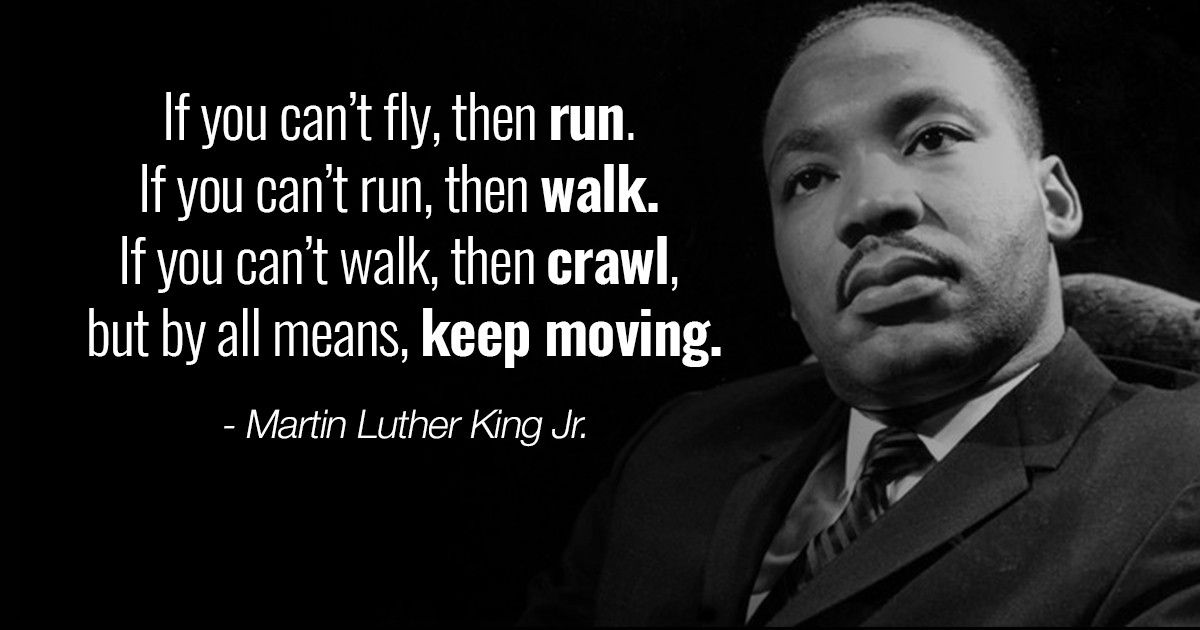June| Article Round Up

So, its Monday and you are looking for some inspiration to start your week right, here are some round ups of great reads to lift up your mood and set you up for new challenges.
- If you are interested in technology, this is a very interesting read on how “Microsoft kicked off the second phase of its experimental underwater data center project Wednesday, submerging a shipping-container sized data center with 864 servers near the Orkney Islands in Scotland.”
- If you work in an Agile environment, this is what you should know and why millennials are your dream audience . Here's another one in the same line
- If you are looking for some great reads for this summer, this list might interest you.
- Technology and love for food comes together for this start up that’s been inspired by moms cooking, all about Buttermilk for you and how Indian food doesn’t need hours of stirring anymore.
- So you manage a team and often are overwhelmed by the work and managing conflicts, this read is about making decisions in a company withno managers.
- Want to be that genius, read here how to uncover your true potential
- Anthony Bourdain’s news broke my heart, I fell in love with cooking after watching his episodes years ago. This articles is a wonderful read for those us is who love food and will not hesitate to try a new restaurant for the love of a new cuisine.
- If you are bad with long term goals or keeping new ears resolutions, breaking it down into small bites might be your thing, read this one if you like to read about personal journeys plus how to manage your financial goals.
The article round up for May can be found here.
Top 7 Project Management Myths Debunked
This is a Guest Post by Fred Wilson, who is an Agile & Software Consultant at Ntask. He work with teams to
streamline workflows and enhance team collaboration. He is also an avid reader and
often write about productivity, project management and collaboration.
Project management defines an altogether different
experience for every professional. Different projects have different
requirements when it comes to an approach or framework, the resources,
budgeting and even documentation.
However, despite the evolution of project management
strategies and frameworks, projects often get overshadowed by practices and
methodologies that may not contribute as efficiently as assumed.
Due to some uncertainties - or shall we say project
management myths - teams often miss out on implementing best practices and
approaching their projects in a truly effective manner.
I tried finding out some of the common myths that exist when
it comes to project management. These are the 7 most common myths I found:
1. Project Managers
can fix everything
No, project managers cannot have a fix for every single
issue.
Moira Alexander is the author of LEAD or LAG: Linking
Strategic Project Management & Thought Leadership and the founder of
Lead-Her-Ship Group with more than 20 years of experience in business and
project management.
According
to Alexander, although project managers may be experts and keep the
workflow in progress and teams and stakeholder sin sync, they are not
magicians. This is why it is important for project managers, stakeholders and
sponsors to be flexible enough to identify when a task or a project cannot go
further and put an end to it instead of spending more resources trying to fix
it.
2. Agile is the best
Agile has proven
to be very effective than other frameworks for most teams. However, it is
not the ultimate solution to each project. Bola Adesope is a seasoned management and transformation consultant.
According
to Bola, both methodologies, Agile and traditional Waterfall have their own
strengths and weaknesses. There is no good or bad approach. Instead, each
project requires a tailored approach depending on various factors, such as client
requirements and feasibility.
3. You can use a
template to manage all projects
Unfortunately, there is no one-size-fits-all in project management. There is no one fixed method for all projects. According
to Moira Alexander, every project is unique and can be affected by many internal
or external factors, including timeline, work pattern, available resources and
culture.
Even slight alterations can result in significant
repercussions at later stages in a project development cycle. For this reason,
every project needs to be planned and executed differently. Applying the exact
same approach, techniques, tools and work style does not guarantee success.
4. Risk management
guarantees 100% risk-free projects
Risks are a part of every project; big or small. Effective
project management comprises of efficient risk management. This may include
identifying potential risks, their corresponding impact and likelihood as well
as how to mitigate these risks.
According
to Bola Adesope, usually the risks identified and addressed earlier in the
project cycle can be resolved more efficiently with lesser chances of
resurfacing. However, risks continue to occur throughout the project cycle and
need to be consistently monitored and regulated.
Even following the exact methods recommended in the project
management body of knowledge (PMBOK, 2013) cannot guarantee a successful
project. It can, however, improve the team assessment and focus throughout the
project development cycle.
5. Project Management
is easy
Lauren Ebsary is an experienced project consultant. Ebsary
came across people who believe project management can be accomplished by
just about anyone. However, there is a lot more required in handling projects
other than professional skills. Each situation calls for a different set of
expertise and approach to handle a project. For this reason, to be an effective project manager, a
professional project management certification is required whether it involves
project members or project management career-oriented people.
6. Planning is
unproductive
Planning is an important part of any project.
For some people, it seems more efficient to just get on with
it. According
to Paula Martin, CEO, International Matrix Management Institute, this myth
has infected most of the organizations due to a belief that "real work is implementing or building
something and planning is just that upfront stuff we don't have time to bother
with.” She adds that in reality, planning is a significant part and
it ensures everyone is heading in the right direction. It promotes
accountability and in essence, implementing with a plan is wiser.
7. There is no room
for change
From the inception of a project to its delivery,
requirements can change at any stage. This calls for effective change
management strategies. Hear it from Change Management Consultant, educator and author,
Paul Roberts. According
to Roberts, a lot of time and effort goes into identifying a project,
establishing the funding and time for delivery.
This makes us reluctant to accept any change. However, this
can backfire as when we fail to identify the need for change or to accommodate
it, it can result in ill-timed and lower quality deliverables. He adds that although projects should be carefully navigated
from the beginning, it is also imperative that there is room for managing
change if need be.
Agile| Technical Conference| India-Bangalore

If you are a learning and likes attending conferences, here's one coming up in Bangalore (India). to know more about the organizing committee, click here.
Here’s what the Technical Agility Conference is all about:
In today’s environment, everyone is seeking for the luxury of stability but very few of the organizations succeed to achieve it.
Today’s market is completely volatile and unpredictable where you never know what’s gonna happen next and the common question across all the mind is “How do I do this?” The Technical Agility Conference gives a platform to meet, share & discuss with the experts around the globe under one roof where you’ll learn the meaning of Technical Agility, what it means to your organization, and what does it take to lead your organization towards true
Technical Agility, which is fundamental to achieving true Business Agility. The Three Pillars of the conference: Culture & Collaboration - Enterprise Agility Product Stability & Reliability - Built-in Quality Fast Delivery - Time to Market Conference details:
Conference Date : August 10-11, 2018
Website: http://tac2018.com/
(Pic Courtesy: google images)
Goal Setting Framework
This is a Guest Post by Madhavi Ledalla.
Many of us have goals, and I’m sure we would like to work towards them and achieve them. Sometimes the goals that are set are lost somewhere or are mostly subjectively set without any objective stats to support their perusal.
Here are some steps that could guide the goal setting journey-
Start with the why, the purpose of doing something. What is my goal? What do I want to achieve and How. Simon Sinek’s framework could help here as a starting point.
Write your goals on “Goal Definition” canvas.

Depending on number of goals you set for yourself, you may have those many goal definition canvases. Once the “Goal Definition Canvas” is filled, next step is to come up with a the priority of which goal is most important to you. This leads to “Goal Prioritization” exercise. The below “Prioritization” Canvas can be used.

Depending on the NS, you pick one goal that you want to work on. Once the goal is selected, the next steps are planning to achieve the goal. For this we can use the “Goal Planning Canvas”.
List down the activities that are required for you to meet the goal.
Arrange them in this way based on the impact and learning of working on the goal. Put them on the canvas and 1,2, 3 is the order of working.

One the order has been obtained from the “Planning” canvas, lay down these activities on a “Goal-Visualization-Board” and move the activities through each stage to visualize the progress.

The opinion and content expressed here is of the author and not SIPM.









